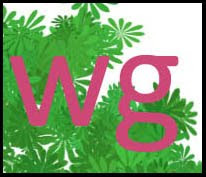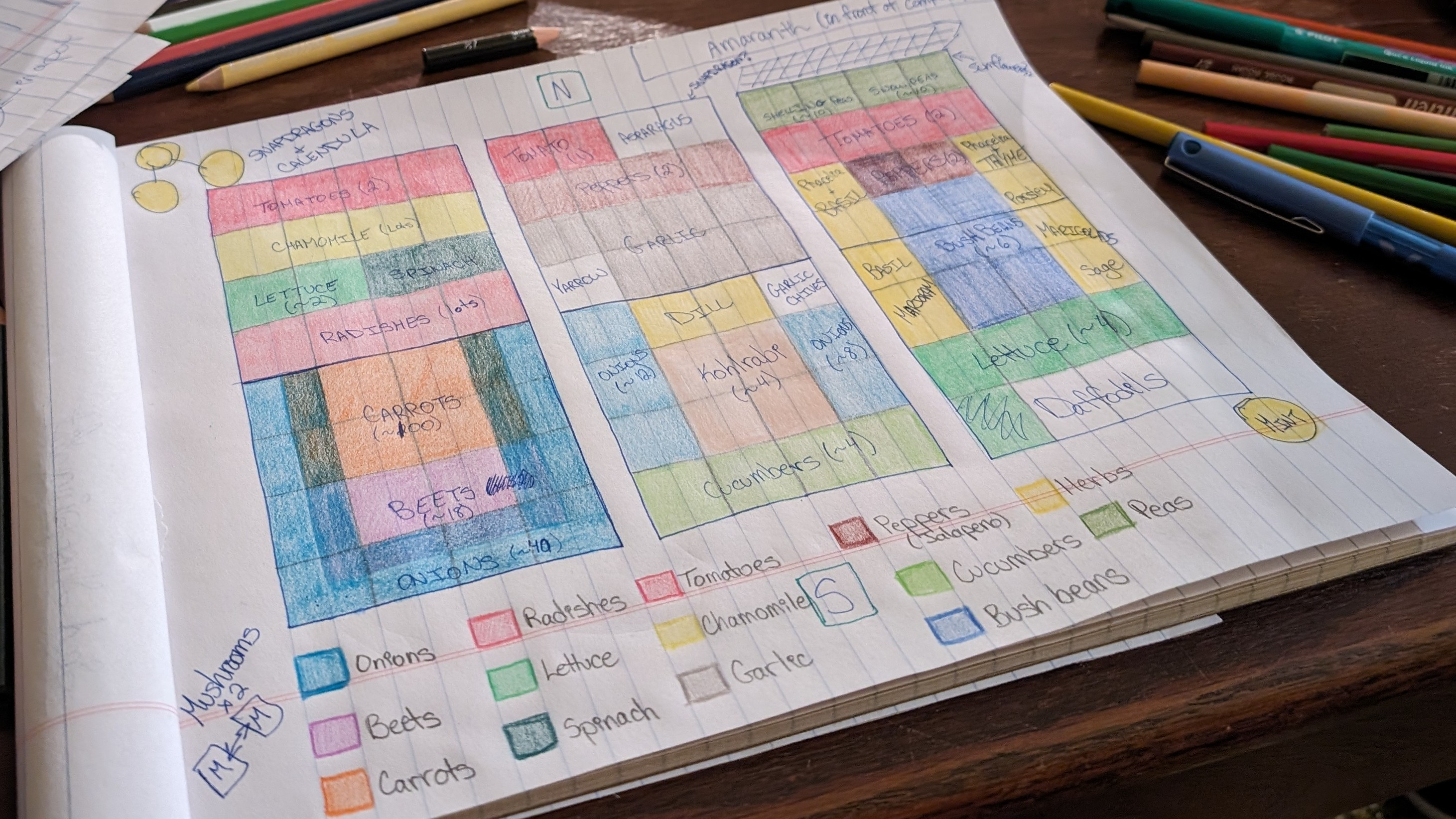Gardening for Dummies
Ok. So I have million reasons why I have not posted in a while, but they are all terribly boring, so I just recap some of the gardening stuff I've been doing. Last week, I took a course called Gardening for Dummies at the Extension Office. Now I've been around the gardening block a time or two, and this course was really designed for total newbies, but I got a chance to hang out with other gardeners and even learned a thing or two. Much of this info pertains specifically to FL gardeners, but some of these facts are might be useful even if you aren't one. Here are some of the highlights:
- I am in zone 8b. It seems every map I reference says something different. Some say 8, some say 9. There is a road that bisects the county (SR 40) and anything above is 8b and anything below is 9a. I am north, so I am once and for all 8b.
- There is a website called floridayards.org that has a great plant database. Pick your area of the state, the specific conditions of your site, and it recommends some suitable plants. Kinda cool.
- Echinacea is a FL native. Need to get some.
- Rain water has nitrogen and there for is healthier for plants
- Put a few drops of veggie oil in rain barrels to keep mosquitoes from breeding
- Don't use "Weed and Feed" products in Florida for your yard. Weed preventive should be done in January, while the best time to feed is March. Cheaper and smarter to do them separately.
- Iron supplement will green up grass quickly and runoff doesn't cause the problems fertilizer does. You can add it every week if you want and it won't make the grass grow faster, so less watering.
- "Volcano Mulching": Mounding mulch around the base of a plant in the shape of a volcano. Can cause the plant to change its root structure and cause rot. Don't do it.
- There is a caterpillar that feeds on the candlestick cassia plant. If it eats the yellow flowers, it turns yellow. If it eats the leaves, it is green. If it eats both, the caterpillar has yellow and green stripes.
- Nutrient Deficiencies (This was info I always wanted to know)
If it is deficient in:
Nitrogen: Older leaves will yellow uniformly
Potassium: Brown spots on older leaves
Magnesium: Yellowing of old leaves in "V" shape
Iron: green veins, yellow in between veins of new leaves
Manganese: yellowing in between the veins of new leaves - Nutrient Properties:
Nitrogen promotes color and growth
Phosphorous promotes flowers
Potassium helps with water uptake, stress tolerance
Calcium helps develop cell structure - Plant Amaryllis and Crinum with the crown of bulb exposed.
- Most bromeliads produce pups that can be divided.
- Publix will give away free pineapple tops, if you want to make your own plant
- Less than 1% of incests in your yard are harmful
- There have been little to no reports of Brown Recluse spiders in Florida (Since this is the only spider that really scares me, this was good news.)
- Stink bugs with pointy shoulders = good. Stink bugs with rounded shoulders = bad.
- Scarlett Hibiscus is a native - gotta get some.
- Plumbago blossoms are sticky and 6 year old girls can stick them to their earlobes and pretend they are earrings.
- Karst = Porous rock our county is built on and drains water into the Aquifer. Excessive amounts of fertilizer will flow through the karst and into our drinking water.
- Liatris are pretty and I need some.
Most of you probably already knew this stuff, but this website is equal parts my personal garden journal as much as a public site. I will promptly loose the notebook I wrote these notes in, so now I have it for good. Hope you can take something useful from it.













































.jpg)






.JPG)






